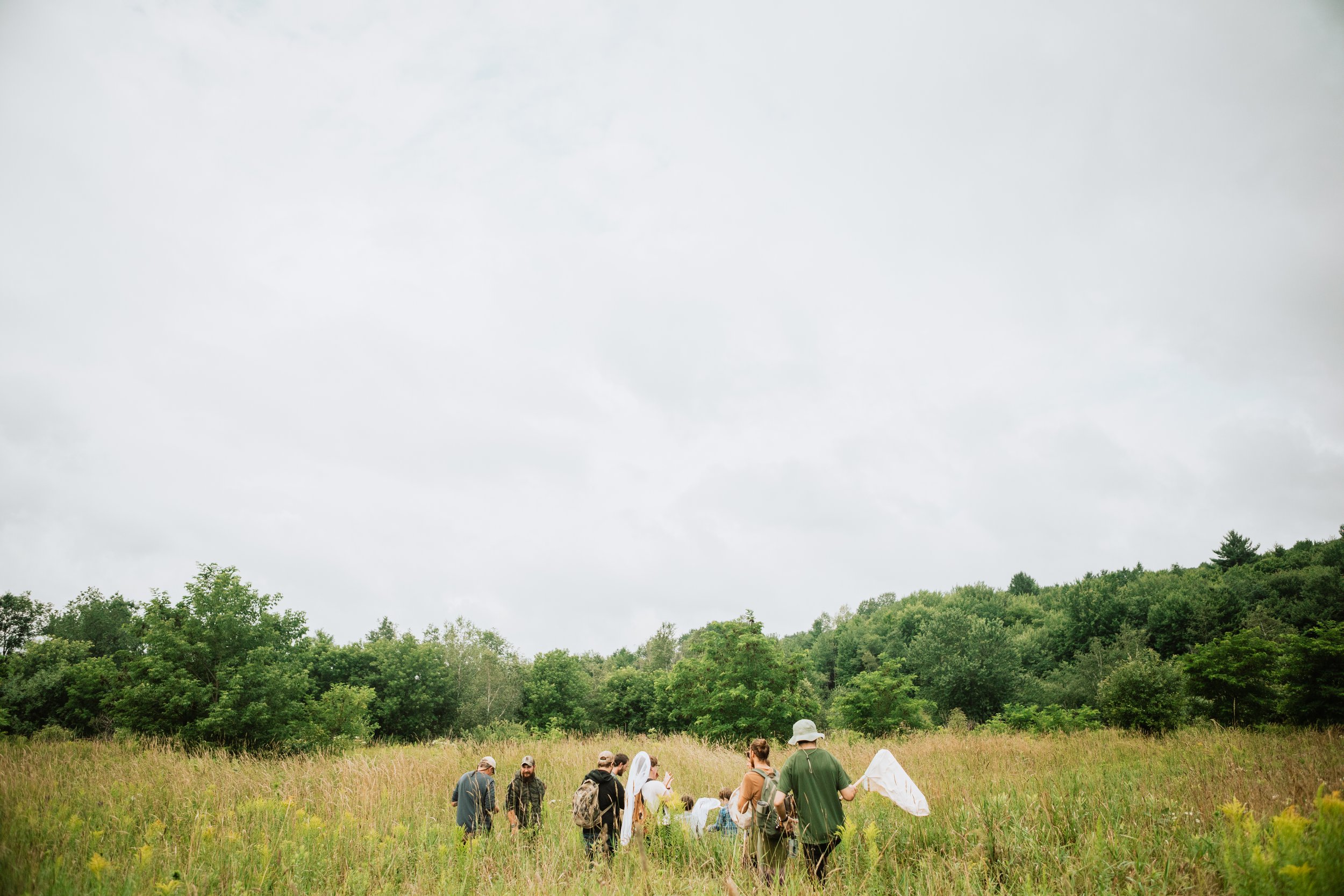
Dr. Laura Spence
Dr. Laura Spence
Laura Spence, Ph.D., is originally from South Shropshire, England, a sheep-grazed land reminiscent of the Vermont of 150 years ago. Laura’s journey from Shropshire to the Northwoods, via New Zealand and Mongolia, has been one always in pursuit of the study of plant and fungal ecology. Her particular research interests lie in the interaction between plant communities and aspects of global change such as climate change and invasive species. Her Ph.D. research took her to the mountain beech forests of the Southern Alps, New Zealand, where she investigated the roles of forest dynamics, natural disturbances and mycorrhizal fungi on the invasive spread of an exotic understorey herbaceous weed. Following this, she joined the PIRE Mongolia project that investigated the ecological consequences of climate change and grazing pressures by nomadic pastoralism in northern Mongolia.
Started at Sterling:
August 2013
Courses Taught:
Conservation Biology
Foundations of Ecology
Biological Response to Climate Change
Publications:
Spence L.A., Liancourt P., Boldgiv B., Petraitis P.S., & Casper B.B (2015) Short-term manipulation of precipitation in Mongoian steppe shows vegetation influenced more by timing than amount of rainfall. Journal of Vegetation Science.
Liancourt, P., B. Boldgiv, D. Song, L. A. Spence, B. R. Helliker, B. B. Casper, & P. S. Petraitis (2015) Leaf-trait plasticity and species vulnerability to climate change in a Mongolian steppe. Global Change Biology 21(9): 3489-3498
Spence L.A., Liancourt P., Boldgiv B., Petraitis P.S., & Casper B.B. (2014) Climate change and grazing interact to alter flowering patterns in the Mongolian steppe. Oecologia 175(1): 251-260
Liancourt, P., L. A. Spence, D. S. Song, A. Lkhagva, A. Sharkuu, B. Boldgiv, B. R. Helliker, B. B. Casper, & P. S. Petraitis (2013) Plant response to climate change varies with topography, interactions with neighbours, and ecotype. Ecology 94(2): 444-453
Liancourt, P., L. A. Spence, B. Boldgiv, A. Lkhagva, B. R. Helliker, B. B. Casper, & P. S. Petraitis (2012) Vulnerability of the northern Mongolian steppe to climate change: insights from flower production and phenology. Ecology 93: 815-824
Casper, B. B., R. Goldman, A. Lkhagva, B. R. Helliker, A. F. Plante, L. A. Spence, P. Liancourt, B. Boldgiv, & P. S. Petraitis (2012) Legumes mitigate ecological consequences of a topographic gradient in a northern Mongolian steppe. Oecologia 169: 85-94
Spence, L. A., I. A. Dickie, & D. A. Coomes (2011) Arbuscular mycorrhizal inoculum potential: a mechanism promoting positive diversity-invasibility relationships? Mycorrhiza 21: 309-314
Spence, L. A., J. V. Ross, R. B. Allen, S. K. Wiser, and D. A. Coomes (2011) Disturbance affects short-term facilitation, but not long-term saturation, of exotic plant invasion in New Zealand forest. Proc. Royal Soc B. 278: 1457-1466
Research Interests
vegetation response to climate change; forest understorey invasion; native and exotic species dynamics; consequences of rising deer populations; interaction between arbuscular mycorrhizal fungi and invasive plants; fairy rings, amphistomaty; plant functional traits

